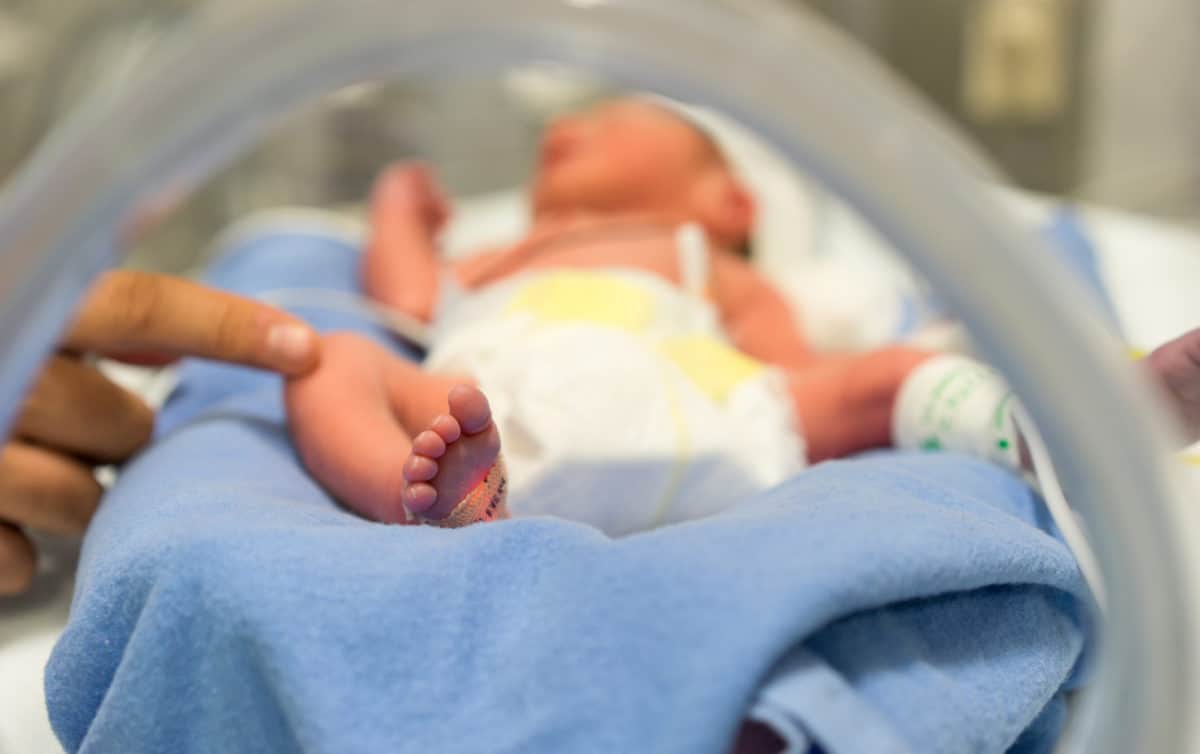COLLABORATIVE NETWORK
Women’s and Newborn Health
Learn moreHigh-risk pregnancies and newborns are common and are correlated with higher rates of poor physical health outcomes and developmental delays. A prenatal diagnosis of congenital abnormality, and/or a high-risk newborn can be stressful for families. Targeted and structured follow up of the infant and family post-discharge may reduce the uncertainty and worry associated with supporting a high-risk infant. In addition, early detection and intervention of comorbidities that develop with high-risk infants and children may reduce the prevalence or severity of certain outcomes.
Despite this, there is currently no standardized clinical practice for following up these infants long-term, as they are often discharged into community care. There needs to be a clear protocol of follow-up for clinicians and families to ensure optimal health and wellbeing for infants at risk of adverse health outcomes. This will also contribute to an effective and efficient use of health resources over the child’s life course.
The aim of Find and Follow is for every high-risk pregnancy and high-risk newborn to have a targeted pathway of recommended follow up from hospital discharge to school age.
This will be done through:
- Scoping current practice of follow up of high-risk pregnancies and infants across MACH hospitals;
- Developing a targeted and standardized follow up protocol for clinicians and families based on current research;
- Implementation of the protocol and surveillance of high-risk infants.
Multisector, cross disciplinary engagement has enabled us to lay important foundations through which we can move towards the next steps of implementation. We have:
- Established in a published Delphi study that gaps in post discharge care is a leading priority for parents.
- Identified key barriers and enablers to post discharge care through a survey of care providers (maternity, neonatal and Maternal and Child Health nurses).
- Identified 4 target infant groups currently receiving no-little follow up despite higher risks for poorer health and developmental outcomes (foetal growth restriction, late preterm birth, congenital brain abnormalities, monochorionic twins)
- Developed a “Traffic light” protocol for standardized neurodevelopmental follow up of high-risk newborns following a complicated pregnancy
An enduring impact of the work to date has been bringing clinicians, researchers, families, policy makers together – to identify a gap and come up with a novel and innovative model to address it- importantly, refining services already in place as the primary scaffold.
Identifying the current unmet gaps in care of high-risk pregnancies and newborns will:
- Enable the collection of Information following diagnosis of abnormality; number of pregnancies affected/year; nature of abnormalities; current support, reporting, surveillance and infant follow up structures;
- Enable the collection of Information of high-risk newborns; number of high-risk newborns (preterm birth, post-surgery, post-birth asphyxia) are born each year, and identify the current approach to follow up.
- Develop a standardised response to families with a prenatal diagnosis of congenital abnormalities. This will optimise pregnancy care, and ensure seamless newborn follow-up;
- Supporting families after high-risk newborn. Targeted and structured follow up of the infant and family post-discharge may reduce the burden of stress associated with supporting a high-risk infant.
- Streamline current follow-up services for high-risk newborns. Education of health services to maximise effective and efficient use of health resources over the child’s life
- Early identification of poor health/neurodevelopmental outcomes and intervention. May reduce the impact and severity of the comorbid health outcomes on the infant, family, and community.
These findings will inform care and follow-up of high-risk pregnancies and newborns, applicable across and beyond MACH sites.
- Doyle LW et al.: Long term follow up of high risk children: who, why and how? BMC Pediatrics 2014; 14(279)
- Cheong JLY, Anderson PJ, Burnett AC, et al; Victorian Infant Collaborative Study Group. Changing neurodevelopment at 8 years in children born extremely preterm since the 1990s. Pediatrics. 2017;139(6)
- Doyle LW, Anderson PJ, Burnett A, et al. Developmental Disability at School Age and Difficulty Obtaining Follow-up Data. Pediatrics. 2018;141(2)

